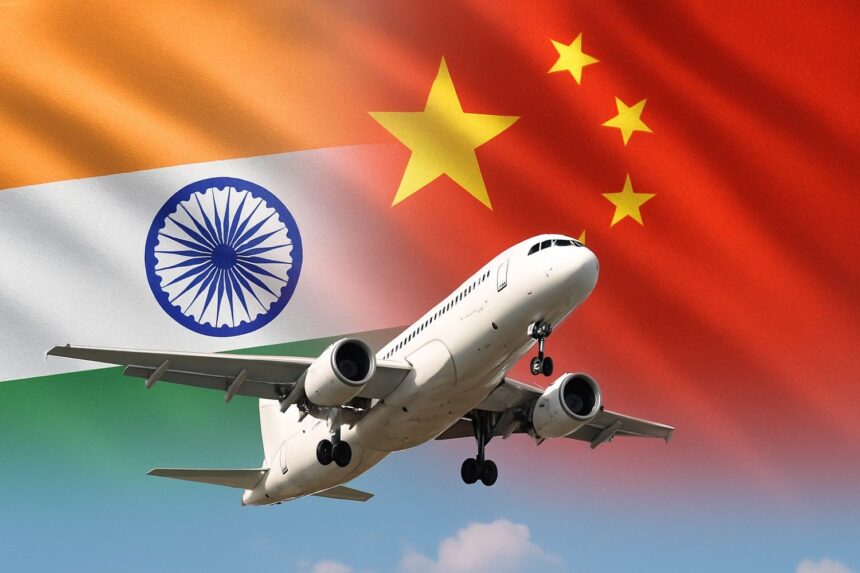India and China have taken a significant step to mend ties strained by recent years of diplomatic tensions and pandemic disruptions by agreeing to resume direct flights between the two countries and enhance trade and business activities. This breakthrough was announced following a two-day visit by Chinese Foreign Minister Wang Yi to New Delhi on August 19-20, 2025, where he met key Indian leaders including External Affairs Minister S. Jaishankar, National Security Adviser Ajit Doval, and Prime Minister Narendra Modi.
The agreement includes restoring direct flight connectivity between the Chinese mainland and India at the earliest, which had been suspended since 2020 amid the COVID-19 pandemic and border clashes in eastern Ladakh. Both sides also committed to finalizing an updated Air Services Agreement to facilitate smoother operations.
The resumption of direct flights will significantly ease travel for tourists, business professionals, media personnel, and other visitors, reducing the need to reroute through third countries such as Singapore or Hong Kong, which had lengthened and complicated journeys. Chinese airlines are reportedly ready to restart operations almost immediately, while Indian carriers like Air India and IndiGo are preparing to resume flights, though they face some logistical adjustments.
Beyond aviation, India and China agreed to reopen border trade through three designated pass points—Lipulekh Pass, Shipki La Pass, and Nathu La Pass—to boost cross-border economic activity and investment flows. The agreement also covers facilitating visa services to further promote people-to-people exchanges and economic cooperation.
Prime Minister Narendra Modi is scheduled to attend the Shanghai Cooperation Organisation (SCO) Summit in Tianjin at the end of August, where he is expected to meet Chinese President Xi Jinping, marking another milestone in the normalization of bilateral relations.

Context and Implications
The thaw in ties follows a turbulent period marked by the 2020 Galwan Valley clashes resulting in military and political strains. Since then, diplomatic efforts have been cautious and gradual. The restoration of direct flights and border trade signifies a pragmatically driven reset focused on mutual economic benefits and people-to-people contacts despite unresolved border disputes.
Both nations are also expanding cultural and religious exchanges, including plans to increase the scale of Indian pilgrimages to Mount Kailash and Lake Manasarovar starting in 2026.
Moving forward, experts see this cooperation as part of a broader strategic recalibration. It may help improve regional stability, enhance bilateral commerce, and provide alternatives amid shifting global geopolitical pressures, particularly in the context of relations with the United States.







